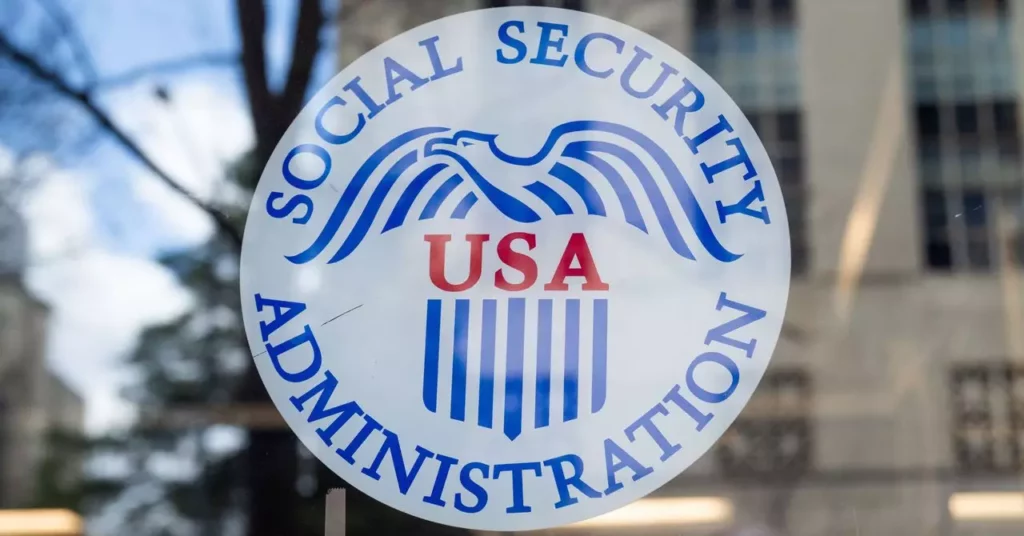The Social Security Administration (SSA) finds itself at a pivotal juncture, teetering on the brink of a technological disaster as it grapples with the insidious reality of its aging infrastructure. The task at hand—transitioning from the decades-old COBOL programming language—presents formidable obstacles that stretch far beyond mere coding complexities. The stakes are staggering: the livelihoods of millions hang in the balance, and any misstep could spell disaster for those dependent on the SSA’s services.
The Antiquated Codebase: A Calamity in Waiting
At the heart of the SSA’s troubles lies its reliance on COBOL, a language crafted in a bygone era of computing. This archaic codebase represents more than just outdated technology; it symbolizes the inertia that plagues government agencies and hinders innovation. The longer the SSA refuses to modernize, the more entrenched it becomes in a cycle of risk and inefficiency. For those who understand the vulnerabilities of legacy systems, this is no casual observation; it’s a tantalizing warning. The inevitable deterioration of these systems, much like an old tree threatening to fall, offers a vivid image of the chaos that could ensue if a transition is not handled with surgical precision.
Leadership Disconnect: An Agency at War with Itself
One of the most troubling aspects of the SSA’s predicament is an apparent rift between its leadership and the frontline technology teams. Internal documents reveal a disconcerting focus on non-essential operational strategies while largely ignoring the critical need for a coherent COBOL migration strategy. This disjunction raises important questions: Are the leaders truly aware of the perils of inaction? Do they underestimate the urgency of the situation? It’s time for decisive action, not bureaucratic lip service that could distract from the imminent threats faced by the agency.
The SSA continuously appears to be treading water, oscillating between ambition and stagnation. The recent proposals for initiatives like the “Are You Alive Project,” ostensibly designed to combat fraudulent payments, reveal a propensity for crisis management rather than genuine innovation. The project shines a light on the urgent need to engage with the existing system, yet there’s an alarming lack of understanding among newer team members who don’t possess the institutional knowledge that could safeguard the integrity of the existing framework.
The Perils of New Talent: Fresh Faces, Fragile Foundations
While new talent can invigorate an organization with fresh ideas, it also brings an undeniable risk when paired with a legacy system. The current contingent of inexperienced engineers within the Digital Operations Group for Execution (DOGE) adds layers of complexity to an already fraught scenario. When individuals without historical expertise step in to manage the intricacies of a legacy platform, the danger becomes palpable. The lack of seasoned oversight creates a potential gap that could result in catastrophic miscalculations if not properly addressed.
The reliance on generative AI for code translation from COBOL to a modern programming language offers a glimmer of hope. However, that glimmer is clouded by the very real possibility of oversimplifications. The margin for error is razor-thin, and the implications of an incomplete or flawed translation risk rendering the SSA’s systems hopelessly compromised. As the agency presses forward, any rushed or poorly planned decisions could exacerbate the vulnerabilities that currently exist, creating an environment of turmoil rather than stability.
A Call for Decisive Leadership
For the SSA to avoid a cataclysmic breakdown of services, it must embrace a leadership style characterized by informed risk management grounded in historical context. Rushing to implement shiny new technologies without a deep understanding of the underlying systems will not only amplify existing issues but could lead to a perfect storm of operational disruptions. Responsible stewardship demands that leaders prioritize the establishment of a reliable and robust technical infrastructure.
With the financial stability of millions in jeopardy, the consequences of a poorly executed transition hold deeply troubling implications for the lives of American citizens reliant on Social Security. The shifted focus must center on not only technical solutions but also a culture of accountability and expertise. The balance between progress and caution is critical; thus, the SSA’s management must recognize that maintaining public trust is contingent upon comprehensively understanding and addressing the complexities of their legacy systems.
As the SSA navigates this tumultuous transition, it stands at a crossroads defined by leadership, technological savvy, and an earnest commitment to upholding the mission of safeguarding its benefits. The path forward is fraught with challenges, but so too is the potential for secure and dependable service delivery in an increasingly complex digital landscape.









Leave a Reply